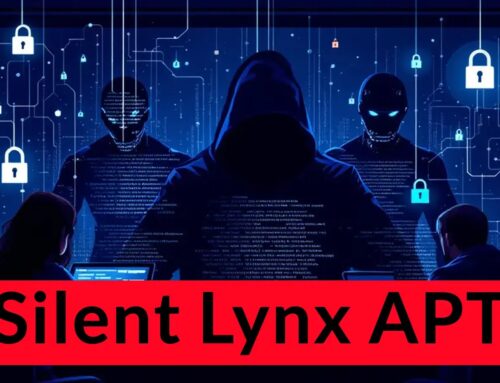
Mozilla High Severity Vulnerabilities Enables Remote Code Execution
Urgent Mozilla Fixes: High-Severity Vulnerabilities Enable Remote Code Execution
The digital landscape demands constant vigilance, and recent disclosures from Mozilla underscore just how critical prompt patching is. Mozilla has released Firefox 142 to address a cluster of high-severity security vulnerabilities, several of which present a clear and present danger: the potential for attackers to execute arbitrary code remotely on affected systems. This advisory, issued on August 19, 2025, serves as a stark reminder of the persistent threats facing web browser users globally.
Understanding the Threat: Remote Code Execution (RCE) in Firefox
Remote Code Execution (RCE) vulnerabilities are among the most severe threats an application can face. They allow an attacker, often without needing physical access to a system, to run malicious code on a target machine. In the context of a web browser like Firefox, this could mean an attacker compromises a user’s system simply by them visiting a specially crafted malicious website. The implications are far-reaching, ranging from data theft and system compromise to the installation of ransomware or other malware.
Deep Dive into the Vulnerabilities
Mozilla’s security advisory details nine distinct vulnerabilities, each contributing to the overall risk profile. While the specific CVEs for all nine were not detailed in the source, the collective impact is significant. These flaws span various categories, highlighting the complexity of modern software security:
- Sandbox Escapes: Typically designed to isolate an application from the rest of the system, sandbox escapes (e.g., potential vulnerabilities like CVE-2025-XXXXX) could allow malicious code to break free from these protective layers and access sensitive system resources.
- Memory Safety Bugs: A perennial source of RCE vulnerabilities, memory safety bugs (e.g., buffer overflows, use-after-free conditions like CVE-2025-YYYYY) often lead to arbitrary code execution when an attacker can manipulate memory in unexpected ways.
- High-Impact Threats Enabling RCE: Several of the patched vulnerabilities fall into this critical category, directly allowing for remote code execution. These are the most concerning given their immediate potential for system compromise.
The swift release of Firefox 142 underscores the critical nature of these findings and Mozilla’s proactive stance in addressing them.
Remediation Actions: Protect Your Systems Now
For every Firefox user, immediate action is not just recommended, it’s mandatory to safeguard against potential exploitation. Patching is the most effective and straightforward remediation:
- Update Firefox Immediately: Ensure your Firefox browser is updated to version 142 or higher. Navigate to “Help” -> “About Firefox” (for desktop users) to trigger an automatic update check. For enterprise deployments, push these updates through your standard patch management systems without delay.
- Verify Automatic Updates: Confirm that your browser’s automatic update feature is enabled to receive future security patches promptly.
- Educate Users: If managing systems for others, ensure all users are aware of the importance of keeping their browsers updated and the risks associated with outdated software.
Tools for Detection and Mitigation
While direct detection of a specific exploit for these newly disclosed vulnerabilities might be challenging without prior indicators of compromise, general security hygiene and monitoring tools are always beneficial:
| Tool Name | Purpose | Link |
|---|---|---|
| Mozilla Firefox | Web Browser (Update to latest version) | https://www.mozilla.org/firefox/ |
| Vulnerability Scanners (e.g., Nessus, OpenVAS) | Detect outdated software versions and known vulnerabilities on endpoints connected to the network. | https://www.tenable.com/products/nessus |
| Endpoint Detection and Response (EDR) Solutions | Monitor endpoint activity for anomalous behavior indicative of RCE exploits or post-exploitation activities. | (Varies by vendor, e.g., CrowdStrike, SentinelOne) |
| Network Intrusion Detection/Prevention Systems (NIDS/NIPS) | Identify and block network traffic patterns associated with known exploits or command-and-control communications. | (Varies by vendor, e.g., Snort, Suricata) |
Conclusion
The release of Firefox 142 and Mozilla’s accompanying security advisory highlight the ongoing cat-and-mouse game between developers and attackers. High-severity vulnerabilities, particularly those leading to remote code execution, pose significant risks to individuals and organizations. Prompt action—updating your Firefox browser to the latest version—is the single most effective step to mitigate these threats. Stay informed, patch diligently, and maintain robust security practices to protect your digital assets from evolving cyber threats.





